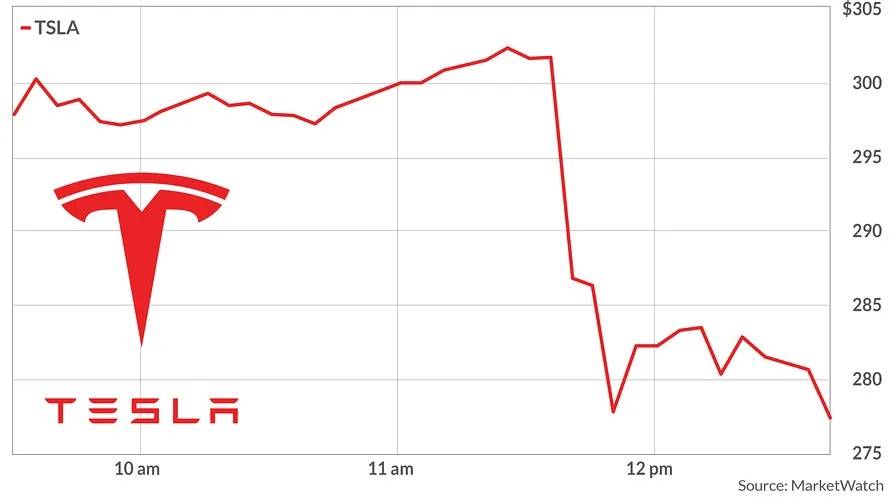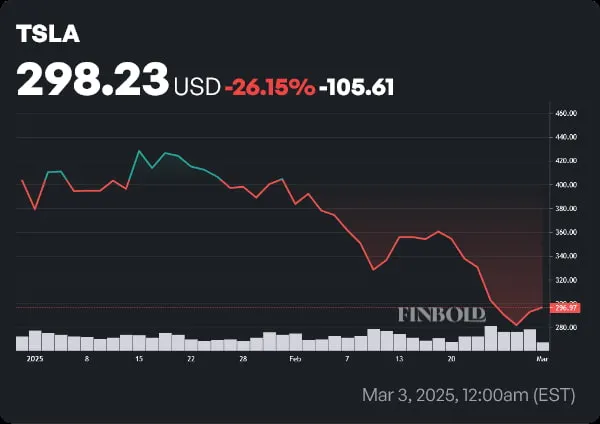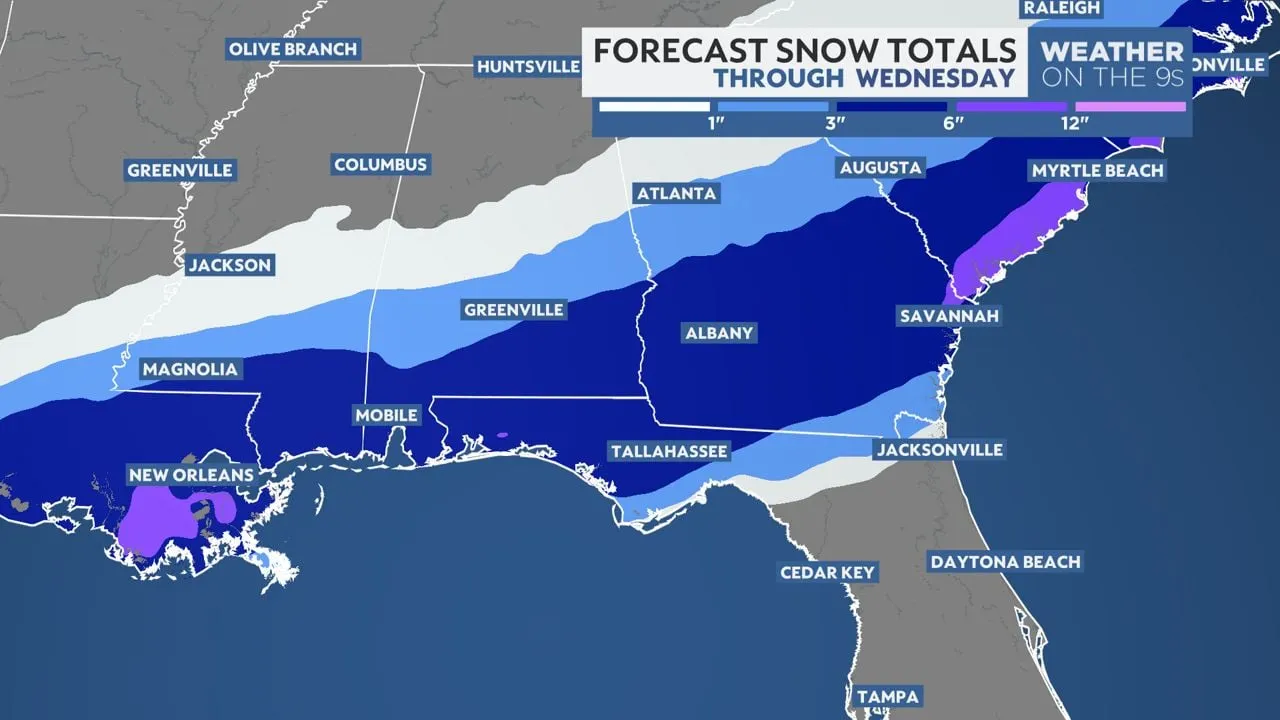Tesla Stock in 2025: Trends, Insights and Future Predictions
Introduction
The landscape surrounding Tesla stock (TSLA) in 2025 is one marked by rapid change, wide-ranging market pressures, and technological innovation. Once heralded for its explosive growth in the electric vehicle (EV) market, Tesla now contends with a mix of headwinds—from falling sales figures to intensifying competition—and a broader macroeconomic environment that has placed pressure on its valuation. This comprehensive article examines the latest trends and news regarding Tesla stock price, the influence of high-profile leadership from Elon Musk, and the interconnected dynamics of related stocks such as X stock and $TSLA. With in-depth analysis, real-time data and actionable insights, investors and market enthusiasts alike can gain clarity on the current state and future prospects of one of the most-watched stocks on the market.
Tesla Stock Overview
Historical Performance and Recent Developments
Tesla stock reached an eye-catching all-time high in late 2024, closing at around $479.86. However, the period leading up to 2025 has witnessed notable volatility. The 52-week trading range currently spans from $138.80 to $488.54, with an average price that hovers near $259.63. Since the beginning of 2025, the stock has experienced significant pressure; as of early March 2025, TSLA closed at approximately $222.15, reflecting a dramatic nearly 45% decline year-to-date.
Historical trends reveal that Tesla’s meteoric rise was underpinned by its innovative product offerings and a strong growth narrative. However, in 2025, several factors—including global economic uncertainty, shifting consumer demand in key markets like Europe and China, and increased competitive pressures—have conspired to push the stock lower.
Recent Price Movements
In early March 2025, trading sessions indicated extreme volatility. On March 10, TSLA stock fell by over 15% in a single day. Extended trades suggest that after-hours prices have slipped further, landing in the low $215-range. Daily swings of this magnitude underscore the reinvigorated nervousness among investors, even as they continue to await liquidity events and quarterly results that might hint at a recovery.
Real-time trading data and analysis from sources like MarketBeat underline that despite strong fundamentals in previous years, Tesla’s current downward trajectory has been influenced by both internal challenges and external macroeconomic factors. This price action reiterates that market sentiment remains fragile amid uncertainty.
TSLA Stock Price Trends and Predictions
Short-Term Price Forecasts
Analysts have provided a mixed outlook for TSLA stock price today. In the immediate term, forecasts for March 2025 suggest that the stock could close the month at around $162. Data drawn from various financial research platforms indicate that the current volatility may persist, with potential intraday lows dipping into the $146 region. For April 2025, the outlook becomes more bearish—with projections suggesting a further decline to levels around $138.
Expert analyses have largely attributed these short-term declines to:
- Disappointing vehicle delivery figures that have not met previous forecasts.
- Reduced gross margins due to aggressive price cuts intended to spur demand in an increasingly competitive marketplace.
- Broader economic uncertainties which have adversely affected risk-on equities.
Long-Term Outlook and Analyst Perspectives
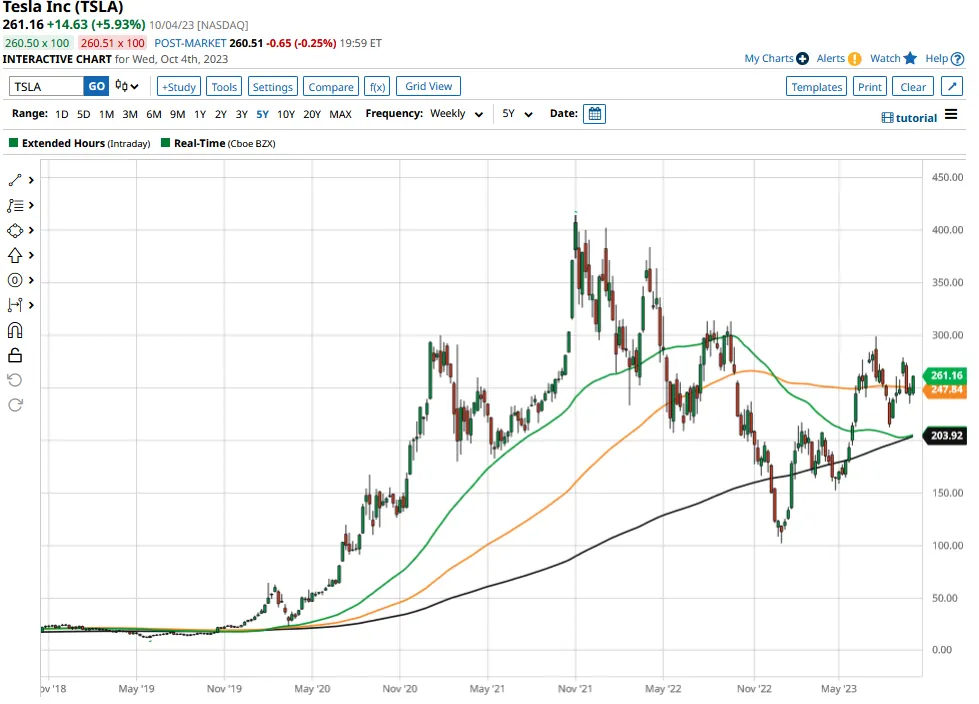
Beyond these immediate forecasts, the long-term outlook for Tesla stock offers a spectrum of views. On the bullish side, some market analysts are optimistic that Tesla’s innovative edge—reflected through its autonomous driving technologies and strong foothold in energy storage solutions—could trigger a substantial recovery. For instance, sightings from Wedbush have placed a target price as high as $550 in the medium term, assuming these innovations translate effectively into higher sales and improved margins.
Conversely, bearish estimates caution investors about risks inherent to:
- A significantly stressed balance sheet due to heavy capital expenditures.
- Intensifying competition from both established players and emerging startups such as BYD, who are rapidly scaling in the EV segment.
- Regulatory risks and policy shifts that might curtail the demand for EVs in key markets.
Predictions vary widely; consensus estimates currently average around the $313 mark, representing a potential recovery if Tesla can reverse current trends. However, these projections are balanced by the stark risks of a cyclical downturn that might see TSLA plunging further if near-term challenges are not swiftly addressed.
Elon Musk’s Influence on Tesla
Leadership Style and Its Dual Impact
Few corporate leaders have as profound an impact on their company’s valuation as Elon Musk has on Tesla stock. Musk’s leadership is a study in contrasts—at once visionary and polarising. His relentless pursuit of technological breakthroughs has often defined Tesla’s innovation agenda, driving developments in areas from full self-driving algorithms to novel battery technologies. This visionary approach has garnered a dedicated following among investors who see Tesla as not just an automaker, but a trailblazer in the global transition to sustainable energy.
Nevertheless, investors have also grown wary of Musk’s increasingly multifaceted role. His high-profile engagements with other ventures, notably SpaceX stock and Neuralink, along with his bold and sometimes controversial public statements, generate significant market uncertainty. For instance, recent political comments and strategic decisions regarding product pricing have led to bouts of intense volatility in TSLA stock.
Elon Musk Net Worth and Its Relation to TSLA

A substantial portion of Elon Musk’s globally reported wealth is intertwined with Tesla’s fortunes. As of March 2025, Musk’s net worth is estimated at around $330 billion, a figure that has seen dramatic fluctuations due to the changing fortunes of TSLA. Despite a reported drop of nearly $103 billion in recent months, his diversified portfolio—including sizeable stakes in SpaceX and other innovative projects—lends him a degree of resilience that investors view as pivotal in navigating Tesla through its current challenges.
Musk’s dual role as a charismatic innovator and a polarising figure continues to influence daily trading decisions. Investors keenly monitor his social media activity and public pronouncements, as even minor deviations from his usual trajectory can precipitate dramatic swings in Tesla stock.
The Interplay Between Tesla and SpaceX

Positive Spillover Effects
While Tesla and SpaceX operate in very different sectors, there is a distinct interrelationship in terms of market perception. SpaceX, known for its breakthroughs in space exploration and satellite technology, bolsters Elon Musk’s reputation as an innovator. The success of SpaceX contributes positively to the overall narrative around Musk, thereby indirectly benefiting TSLA. When SpaceX secures lucrative contracts or reaches new technological milestones, investor sentiment towards Musk’s ability to lead complex projects improves, often leading to a modest positive spillover for Tesla stocks.
Concerns Over Resource Allocation
However, not all effects are positive. A recurring theme among critics is that Musk’s extensive involvement in SpaceX—and his other ventures—might dilute his focus on the day-to-day challenges at Tesla. The perception of divided attention looms especially large during periods of production or sales slumps. This duality is a critical consideration and contributes to the overall risk profile of TSLA stock.
Tesla Stock Price Today: Analysis and Future Predictions
Current Trading Environment
As of the latest data collected on March 11, 2025, Tesla stock price today stands at about $222.15 with after-hours trades hinting at further downward adjustments to around $215.14. The day's trading volatility is emblematic of investor apprehension and broader market instability, where every piece of news—from quarterly earnings to breakthrough announcements—can send prices oscillating widely.
The current environment is defined by a mixture of pessimism over near-term performance and cautious optimism for long-term innovations. Market monitors such as MarketBeat report that sentiment remains fragile amidst declines in key delivery metrics and declining profit forecasts.
Expert Forecasts and Market Sentiment
In dissecting expert forecasts, it becomes clear that market participants are divided:
- Short-Term Projections: For the remainder of March and into April 2025, consensus forecasts predict that TSLA stock could see further declines, potentially testing support levels near the $130–$140 range if current trends persist.
- Long-Term Recovery Narratives: On the other hand, strategic projections look towards midpoint catalysts such as market expansion in new geographies like India, and breakthroughs in battery technology. Analysts citing long-term prospects have set price targets as high as $550, contingent on the materialisation of upcoming technological advancements.
Investor sentiment, as aggregated from sources like Benzinga, suggests that despite the current bearish tone, caution is warranted simply because the underlying fundamentals of Tesla—such as its prolific R&D and strong brand loyalty—remain intact. Nonetheless, the balance of risks and rewards represents a highly sensitive valuation model demanding continuous reassessment in light of real-time data.
Broader Market Trends and Related Stocks
Macro-Economic Factors and Market Rotation
The challenges facing Tesla stock in 2025 cannot be viewed in isolation. The broader market context has shifted as investors increasingly rotate away from high-growth technology stocks towards more conservative, value-oriented investments. The current geopolitical climate, rising interest rates, and fluctuations in global consumer spending have all contributed to a tightening environment for growth stocks. This market rotation has directly affected TSLA, prompting sharp corrections in its former meteoric rise.
Competition from the Global EV Market
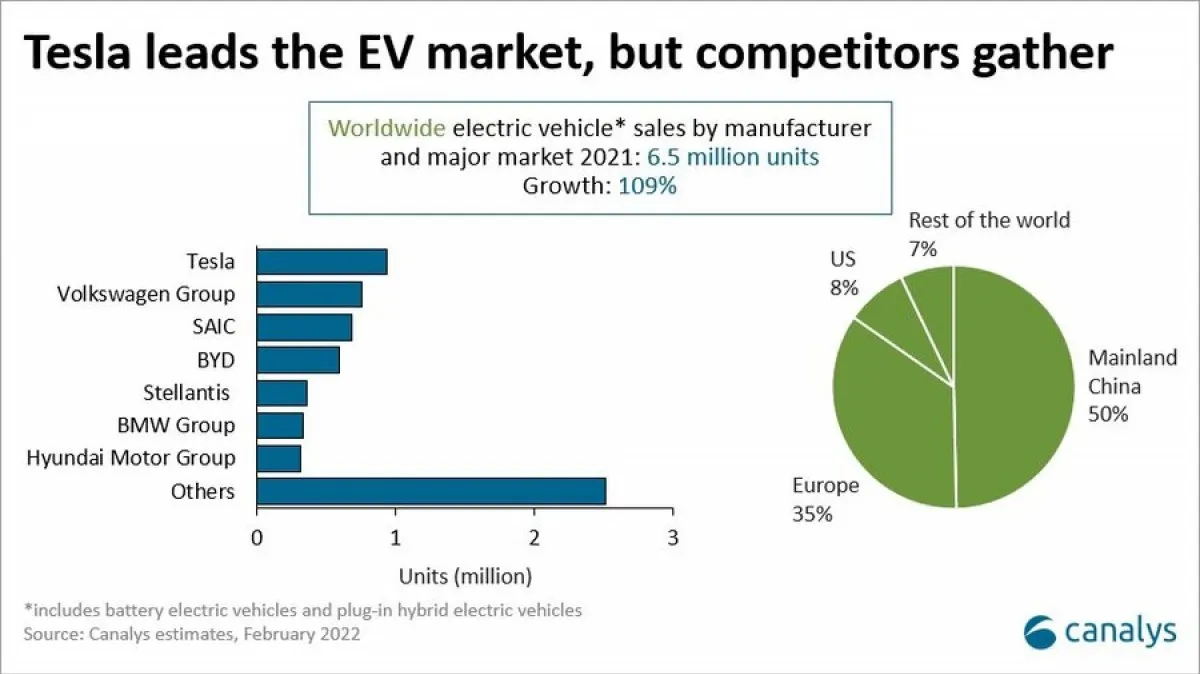
The electric vehicle sector is fiercely competitive. Tesla now faces robust challenges from established players and new entrants alike:
- Rival companies including BYD and other prominent automakers are aggressively scaling their EV production and marketing capabilities.
- Emerging startups are leveraging new technologies to capture market share, further squeezing Tesla's command of the industry.
- Traditional automakers, in response to environmental mandates and consumer demand shifts, are rapidly retrenching to bolster their EV portfolios.
Each of these competitive forces adds to the complex landscape influencing TSLA stock price trajectories over the coming years.
The Role of Related Stocks
The performance of Tesla stock is frequently analyzed alongside related equities that track broader technological and innovation trends. For instance:
- X stock and $TSLA serve as indicators of investor sentiment toward high-growth, technology-driven sectors.
- Correlation analyses among stocks like Tesla stocks, Nvidia, and Apple illustrate that when technology and innovation see disruptive trends, a ripple effect is observed across these companies.
- The performance of these related stocks not only amplifies the narrative around TSLA but also provides context for its valuation and risk profile.
This interconnectedness means that shifts in market sentiment towards tech stocks or EV-related trends often produce correlated movements in Tesla’s share price.
In-Depth Analysis and Real-World Examples
Technological Innovation and Production Dynamics
Tesla continues to lead in innovation with initiatives such as the acceleration of advancements in full self-driving (FSD) technology and cutting-edge battery research. For example, Tesla’s anticipated launch of its autonomous robotaxi service is being closely monitored as a potential game-changer for its bottom line. Positive developments in these areas, confirmed by quarterly earnings reports and technological breakthroughs, have the potential to reverse the current bearish sentiment that has weighed down the stock.
A case study that illustrates the delicate balance between innovation and risk involved in TSLA stock is the recent introduction of a new battery technology that initially caused a surge in stock price due to its promise of extended range and lower costs. However, production bottlenecks and delayed rollouts led to investor disappointment, highlighting how operational execution remains as critical as technological vision.
The Impact of Market and Economic Data
Real-time data analytics have played a critical role in assessing Tesla stock price today. For instance, data from MarketBeat and StatMuse provide granular insights into monthly and quarterly performance fluctuations. Statistical evidence shows that months with improved delivery numbers and product launches correlate with short-term stock rebounds, whereas months of economic uncertainty or disappointing quarterly numbers tend to initiate extended declines.
Another practical example is the influence of government policies on EV incentives. When tax credits and subsidies for electric vehicles are adjusted, such measures have immediate ramifications on Tesla stock valuations. Similar regulatory shifts have historically underscored the importance of macroeconomic factors in driving investor sentiment.
Real Data and Reliable Sources
Credible sources such as Reuters, Benzinga, and MarketBeat provide real-time updates and forecasts for TSLA stock. These sources have been instrumental in shaping the expert opinions and projections outlined in this article. For instance, Reuters has reported on the macroeconomic pressures affecting Tesla, while Benzinga has focused on the intricacies of investor sentiment and analyst revisions.
Actionable Takeaways
Investors considering an exposure to Tesla stock should adopt a multi-pronged strategy:
- Monitor TSLA stock price today by staying updated with real-time trading data and quarterly reports from reliable sources like MarketBeat and Reuters.
- Diversify portfolios by including related EV and technology stocks—consider navigating risk through companies such as BYD and other related tech giants.
- Balance short-term caution with long-term optimism by keeping an eye on product innovations, such as Tesla’s autonomous driving developments and energy storage initiatives.
- Recognise the significant impact of external market factors including changes in macroeconomic policy, regulatory adjustments, and dynamic global competition that could influence future valuations.
- Regularly assess Elon Musk’s public communications and strategic decisions as they have a direct correlation with the performance of Tesla stock.
For further insights into related topics, see our detailed segments on the Tesla Cybertruck Latest Updates and Insights for 2025 and Cybertruck innovations. Additionally, learn from broader market examples such as how Jerry Seinfeld Declined a $25 Million Bid for an Iconic Porsche which illustrates the delicate interplay between passion, innovation, and market valuation.
Conclusion
The dynamics surrounding Tesla stock in 2025 reflect a multifaceted struggle. On one hand, advances in technology and innovation underscore long-term potential; on the other, macroeconomic uncertainties, competitive pressures, and internal challenges have led to pronounced short-term volatility. While real-time data and expert analyses paint a nuanced picture—with conflicting views ranging from bearish forecasts to long-term bullish targets—it remains clear that investors must continuously appraise the evolving landscape.
In summary, for those looking at TSLA stock, the current period suggests caution tempered with optimism for future turnaround opportunities. The key lies in understanding both the quantitative (price movements, delivery numbers, earnings) and qualitative (leadership influence, technological breakthroughs, market sentiment) dimensions of Tesla's journey.
By integrating actionable insights with a constant pulse on strategic updates, stakeholders can better navigate the tumultuous yet potentially rewarding market of Tesla stocks.


